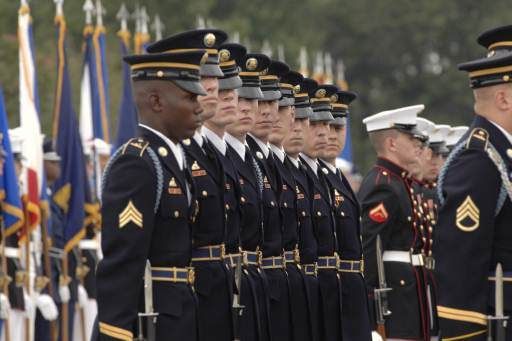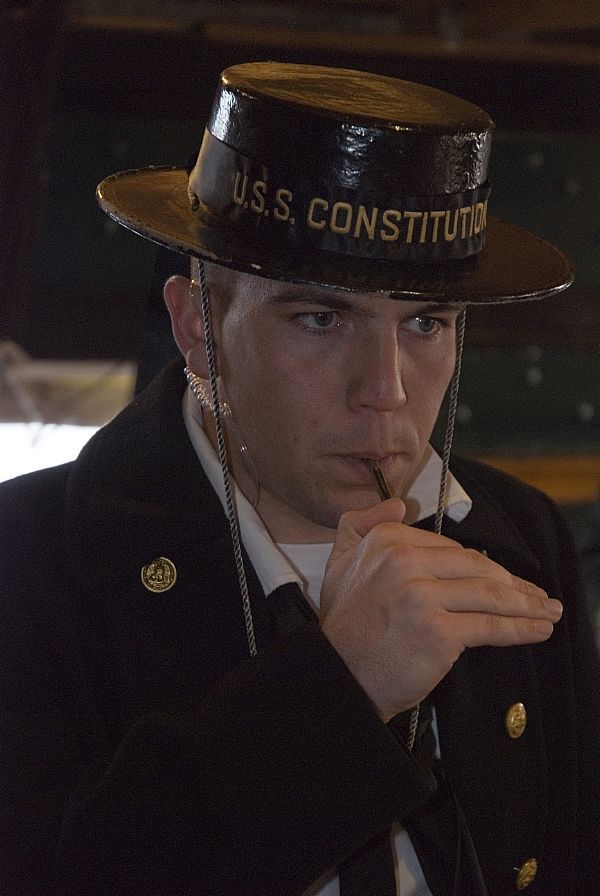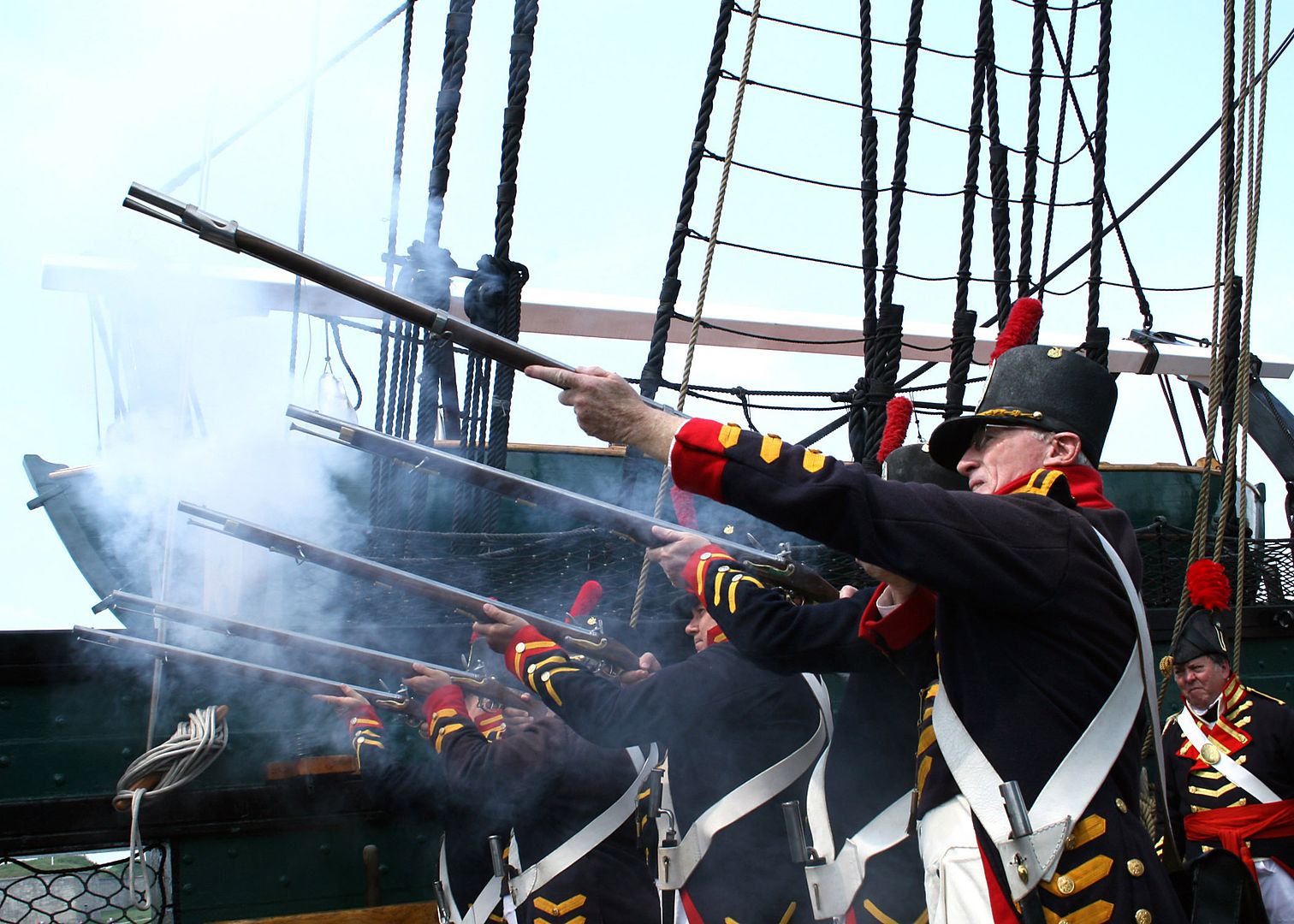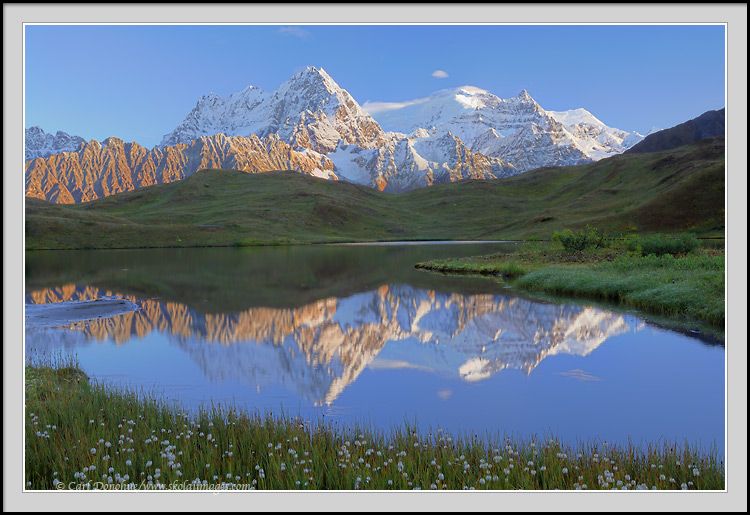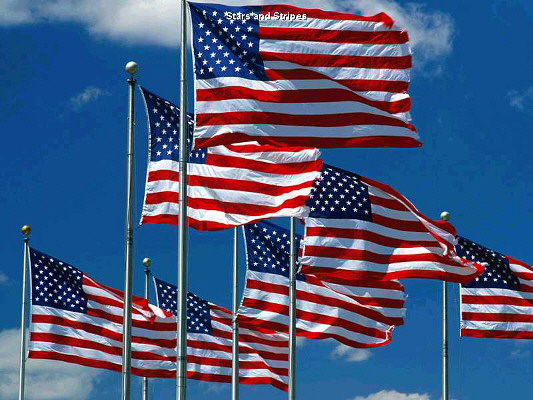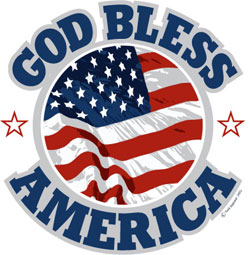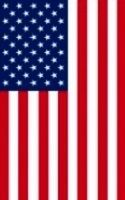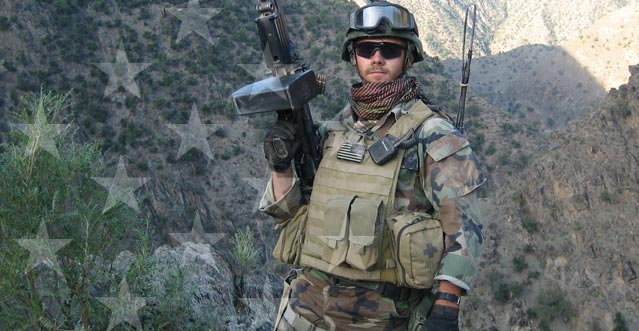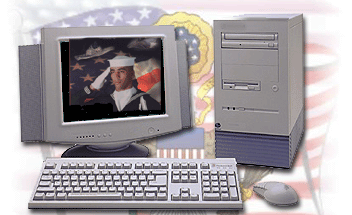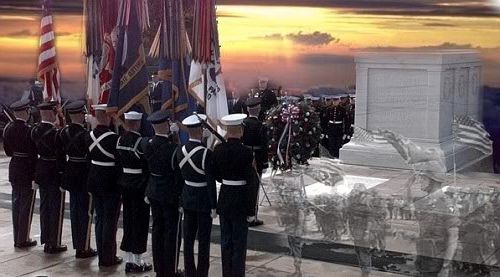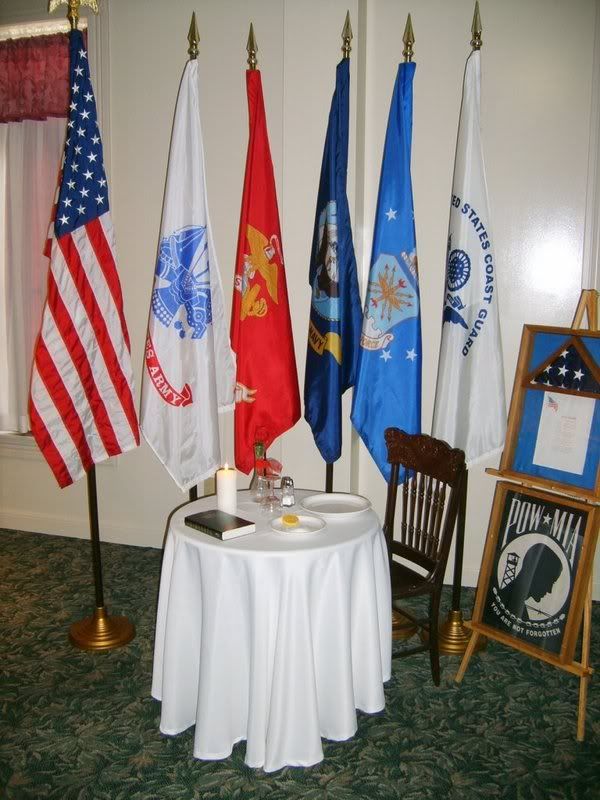|
Patrol leader
Since he could communicate with Afghans without an interpreter, Miller was at the head of the patrol within a few miles of the Pakistan border in the early morning hours of Jan. 25, 2008. He and the other soldiers had been awake for about 36 hours when they were ambushed. The eight U.S. troops and 15 Afghan soldiers were facing 50 to 75 insurgents. After years of war, the enemy had become smart about hiding to make its location hard for U.S. aircraft to find and attack. The cloudy weather at that time of year also made it difficult for medical evacuation helicopters to fly. The outnumbered U.S. and Afghan soldiers were under fire from assault rifles, machine guns and rocket-propelled grenades. Everybody at the front got down and started shooting back, Lodyga said. Miller yelled back to his other team members where the enemy was, how far away and how many of them were where.  At the first lull in the shooting, the Afghan soldiers jumped up, ran away and hid, Lodyga said. At the first lull in the shooting, the Afghan soldiers jumped up, ran away and hid, Lodyga said.
Miller moved toward the enemy under heavy fire, allowing his outnumbered teammates to gain better positions. The enemy was shooting from the north, east and south. By himself, Miller handled the enemy on the south. "He pretty much had this whole side locked down for us," said Chief Warrant Officer 2 Joe Wilson, the assistant detachment commander. "If he would not have been engaging anyone on this side, these guys could have moved around, hit us, and that would have been all for us." The detachment commander, team sergeant and warrant officer decided to pull back. "Why Staff Sgt. Miller stayed up front and continued to move forward - again, that's just one of the things that to this day I don't think we're ever going to know," said Cusick, the team captain. "His actions allowed both the Afghan forces and the detachment to break contact and consolidate." Cusick was shot in the chest. "Once I went into shock, I was no longer in command," Cusick said. "Initially, I was still able to make conscious decisions." At first, no one could move to help the captain because so many bullets were hitting around him, Lodyga said. Miller was firing an M249 machine gun, and its muzzle flash drew the enemy's attention from the wounded captain, Lodyga said. "Robby, without hesitation, continued to engage the enemy, picked up his volume of fire, which allowed us to move Capt. Cusick out of the kill zone," said Lodyga. "We were greatly outnumbered," Lodyga said. "The fact that Robby kept moving towards the enemy, kept taking the fight to them, allowed the rest of the ODA to get better positions, to engage the enemy." Miller was telling his teammates to "bound back" while he stayed, McGarry said. "As he is saying, 'Bound back!' he is staying up there himself and taking the fight to the enemy," McGarry said. "He knew what he was doing. He was putting himself out there to protect the rest of the patrol that was behind him." Miller was shot under the right armpit. He turned and killed the enemy fighter who shot him, Lodyga said. "At that point, Robby didn't stop," Lodyga said. "He continued to fire. He continued to take the fight to the enemy. He threw at least one or two grenades during the battle." The team lost contact with Miller, and aircraft arrived to help with the fight. Reinforcements may have brought the number of enemy fighters to as many as 200 against the team, which had dwindled to six fighters. A medical evacuation helicopter arrived to take away the captain. A quick-reaction force arrived to assist the Americans. At some point during the seven-hour battle, Miller received a fatal gunshot wound under his left armpit, Lodyga said. "Robby was the typical team player," Lodyga said. "He's definitely not selfish at all. He's more concerned about the greater good. He knows we are there as a unit. He knows that we fight as a unit, as a team, as one big individual, not 70 individuals out there." |

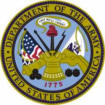

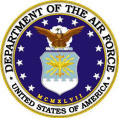
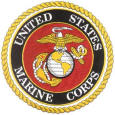

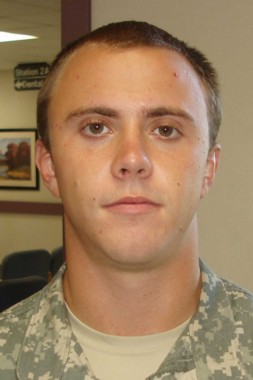
 At the first lull in the shooting, the Afghan soldiers jumped up, ran away and hid, Lodyga said.
At the first lull in the shooting, the Afghan soldiers jumped up, ran away and hid, Lodyga said.

